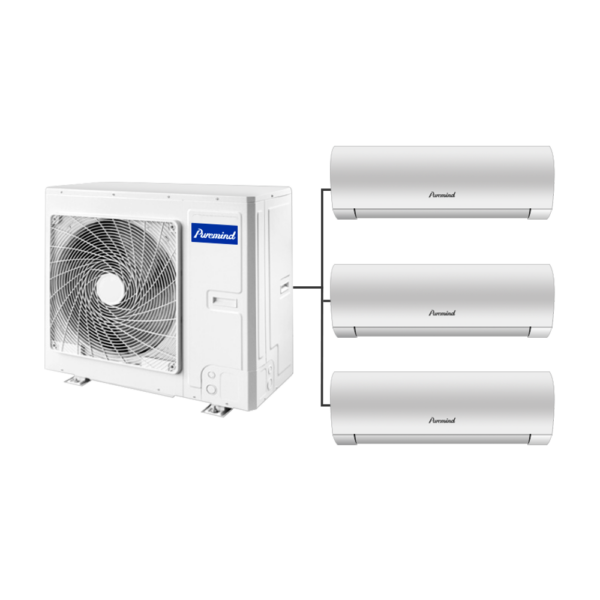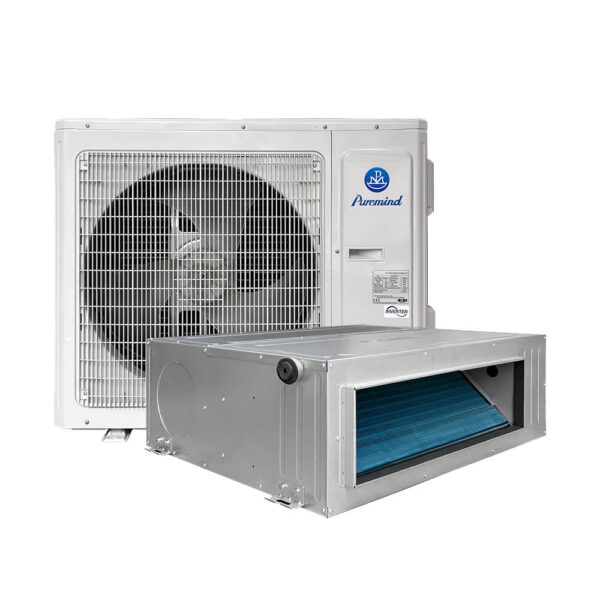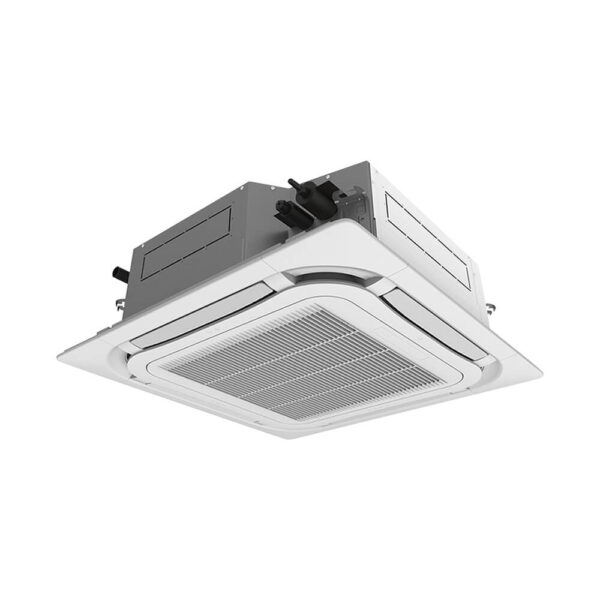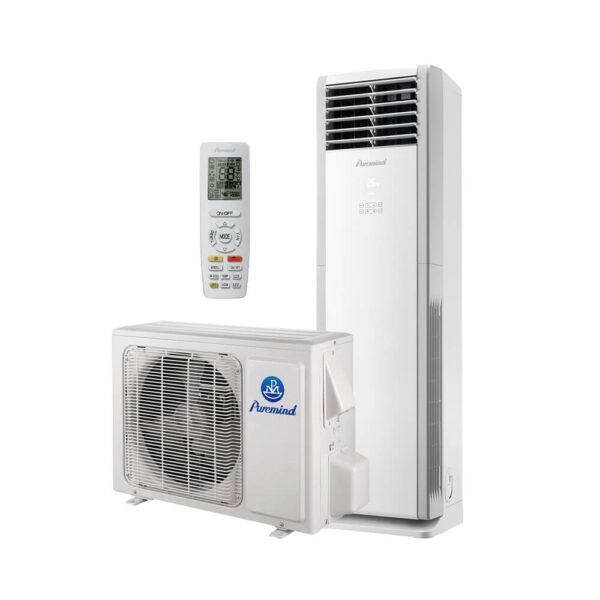Manufactured Home HVAC: Complete Guide to Efficient Heating and Cooling Solutions
When it comes to maintaining comfort and energy efficiency in a manufactured home, choosing the right manufactured home HVAC system is critical. These homes have unique design and insulation characteristics that require tailored heating, ventilation, and air conditioning solutions. In this guide, we will cover the different types of HVAC systems available, key considerations for manufactured homes, installation tips, and maintenance practices to keep your system running efficiently.
Understanding Manufactured Home HVAC Needs
Manufactured homes, sometimes referred to as mobile homes, are built in a factory and transported to their site. Their construction differs from site-built homes, which affects HVAC requirements. A properly designed manufactured home HVAC system ensures consistent comfort, energy savings, and long-term reliability.
Unique Challenges in Manufactured Home Climate Control
- Compact Spaces: Limited space for ductwork and indoor units.
- Different Insulation Standards: May require higher capacity systems to maintain comfort.
- Moisture Control: Preventing humidity issues that can damage the home’s structure.
- Energy Efficiency: Essential to keep monthly utility costs low.
Best HVAC Options for Manufactured Homes
There is no one-size-fits-all solution for manufactured home HVAC. The choice depends on budget, climate, and whether the home is already equipped with ductwork.
1. Packaged HVAC Units
Packaged units combine heating and cooling in a single outdoor cabinet. They are compact and ideal for homes with limited space.
2. Split System HVAC
Split systems have separate indoor and outdoor units, offering flexibility and energy efficiency. For high-performance split air conditioners suitable for manufactured homes, visit our split AC selection.
3. Ductless Mini-Split Systems
Perfect for homes without existing ductwork, ductless mini-splits offer zoned heating and cooling, improving comfort and reducing energy use.
4. Heat Pumps
Heat pumps provide both heating and cooling in one system and are highly efficient in moderate climates.
5. Electric and Gas Furnaces
For colder climates, a furnace may be paired with an air conditioning system to deliver year-round comfort.
Factors to Consider When Choosing a Manufactured Home HVAC System
To get the best results from your investment, consider the following:
- System Size: Correct sizing ensures efficiency and prevents excessive wear.
- Energy Efficiency Ratings: Look for high SEER (Seasonal Energy Efficiency Ratio) or HSPF (Heating Seasonal Performance Factor) ratings.
- Climate Zone: Choose a system suited to your region’s temperature extremes.
- Budget and ROI: Balance upfront costs with long-term savings.
- Installation Requirements: Ensure compatibility with your home’s structure.
Installation Best Practices for Manufactured Home HVAC
Proper installation is critical for performance and efficiency.
- Hire a licensed HVAC contractor with experience in manufactured homes.
- Seal all ducts and joints to prevent air leaks.
- Place outdoor units in shaded, well-ventilated areas.
- Verify thermostat calibration for accurate temperature control.
Maintenance Tips to Extend HVAC Lifespan
Regular maintenance helps keep your manufactured home HVAC running smoothly.
- Change air filters every 1–3 months.
- Schedule professional tune-ups twice a year.
- Keep outdoor units clear of debris.
- Inspect ducts for leaks or damage annually.
Energy Efficiency and Cost Savings
Modern manufactured home HVAC systems are designed with energy efficiency in mind, helping homeowners reduce monthly utility bills while maintaining comfort.
- Install programmable or smart thermostats.
- Use ceiling fans to distribute conditioned air.
- Seal windows and doors to prevent heat loss or gain.
Common Mistakes to Avoid
- Oversizing or undersizing the HVAC unit.
- Neglecting regular maintenance.
- Using unqualified installers.
- Ignoring insulation and weatherproofing needs.
Emerging Trends in Manufactured Home HVAC
The industry is evolving to meet higher comfort, efficiency, and sustainability standards.
- Smart HVAC Systems: Wi-Fi-enabled controls for remote temperature management.
- Hybrid Systems: Combining electric and gas heating for flexibility.
- Eco-Friendly Refrigerants: Lower environmental impact and improved efficiency.
Case Study: Upgrading HVAC in a Manufactured Home
A homeowner in Texas upgraded from an aging electric furnace to a high-efficiency heat pump with ductless mini-split zones. The result was a 35% reduction in energy bills and improved year-round comfort.
Conclusion
Investing in the right manufactured home HVAC system ensures lasting comfort, lower utility costs, and improved indoor air quality. Whether you choose a packaged unit, split system, or ductless solution, proper sizing, installation, and maintenance are key to maximizing performance. Explore our split air conditioner collection for top options designed for manufactured homes.







